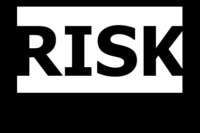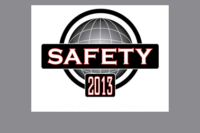This much is clear after the first full day of ASSE’s Safety 2013 in Las Vegas talking to attendees and strolling the exhibits. We’ll call them the top 12 topics du jour:
- FR clothing market – 500K electricians and 269K power line installers should be wearing flame-resistant fabric clothing.
- Work at heights – due to continuing high number of annual fatalities due to falls and major non-compliance among smaller roofing contractors.
- Software of all sorts, for training, for tracking exposures, personnel in the field, near misses, incidents, audit findings, etc.
- Safety pros off-loading work to whoever they can. PPE sales reps for example, are training OSHA training courses to be able to conduct hazard assessments.
- Customization of clothing, software, training for individual worksites and companies.
- Beyond PPE – PPE manufactures are embracing thought leadership knowledge banks and services. Honeywell (Uvex, Howard Leight, Miller, etc.) has launched the Honeywell Safety Institute. Honeywell states now that “safety begins (not with PPE) but with education.”
- The demise or evolution of behavior-based safety. Sure many firms still employ traditional observation and feedback, but software is taking BBS to a whole other level of analytics and data analysis.
- Data analytics: in the next 3-5 years the job of the safety and health manager will change drastically if their employer invests in software on the market now that can predict threat events and identify precursors of accidents.
- Sustainability is still what manufacturers want to make it out to be. There are no standardized definitions, no consensus reporting models. In a sense, it is DIY storytelling in the form of annual reports.
- Risk is the new name of the game because CEOs grasp risk in a way they have never understood safety.
- ISO will be coming at you in the next 1-2 years with its first ISO safety and health management standard, over the objections of the International Labour Organization and companies in the U.S., which voted down the notion of an ISO safety and health management standard years ago.




